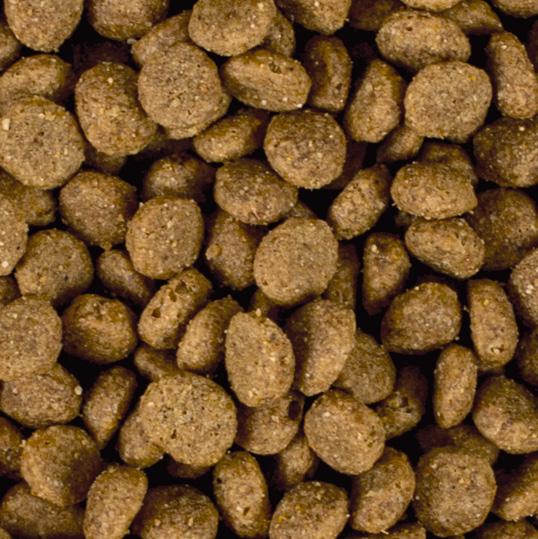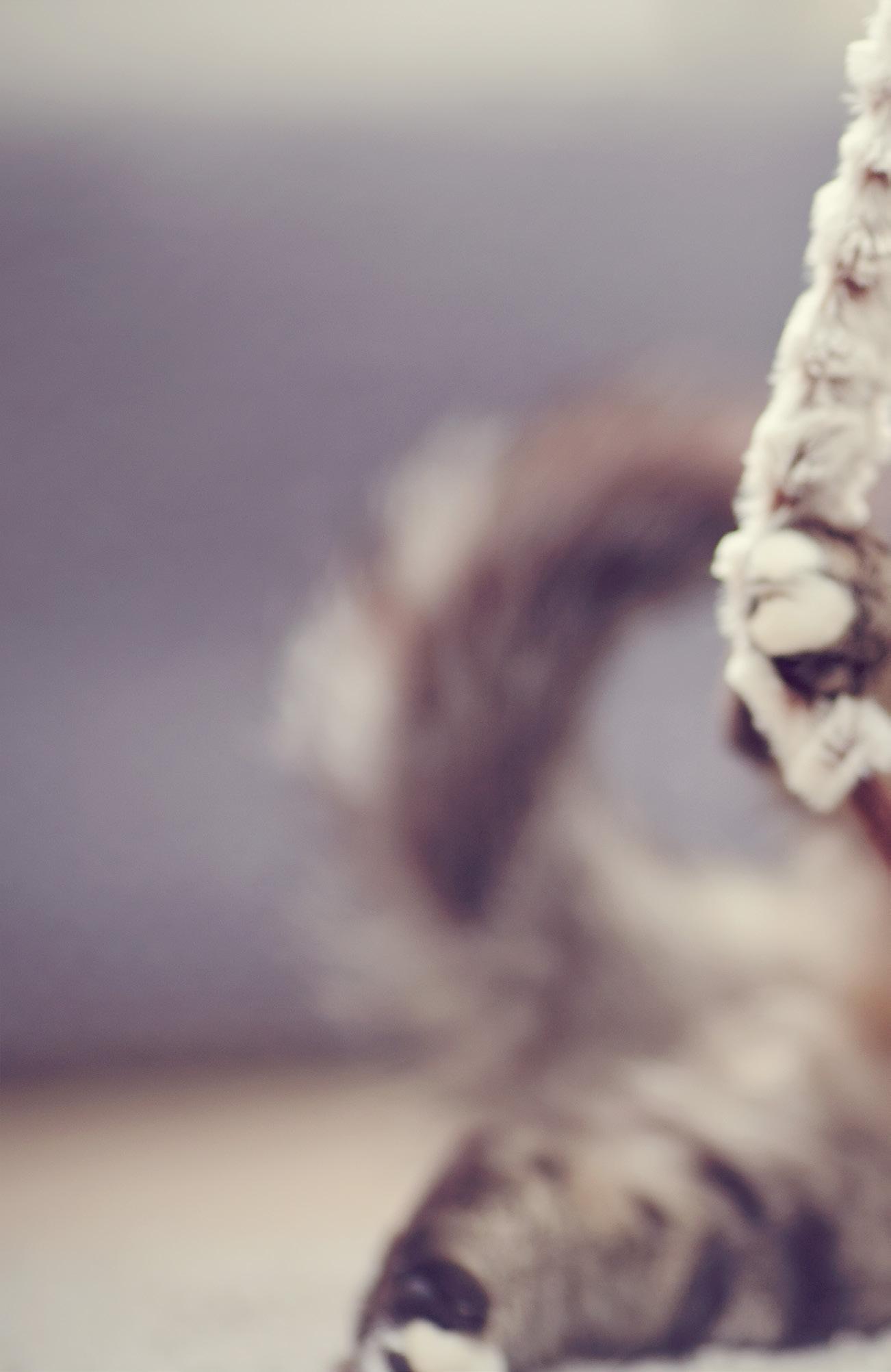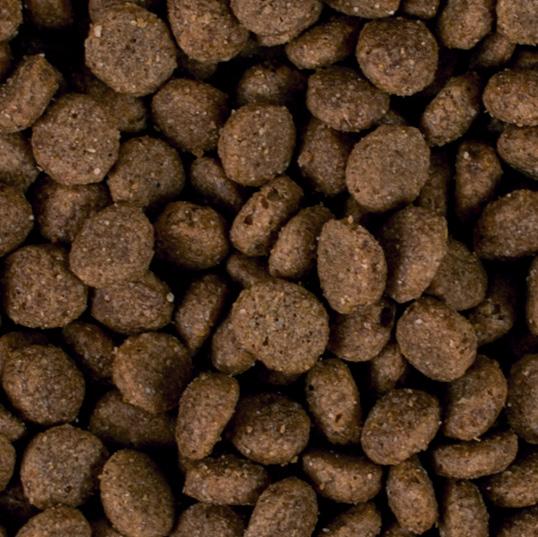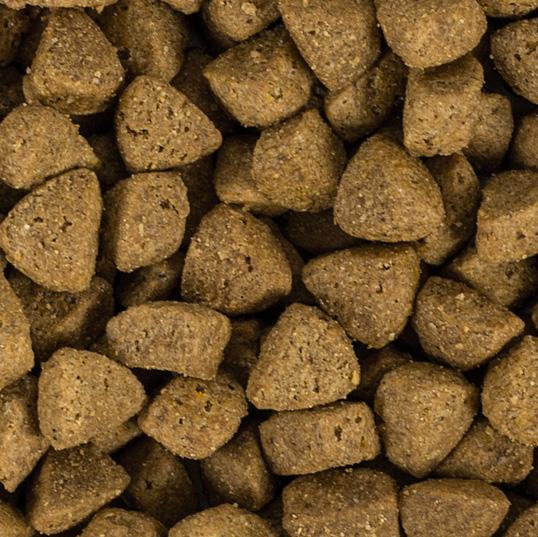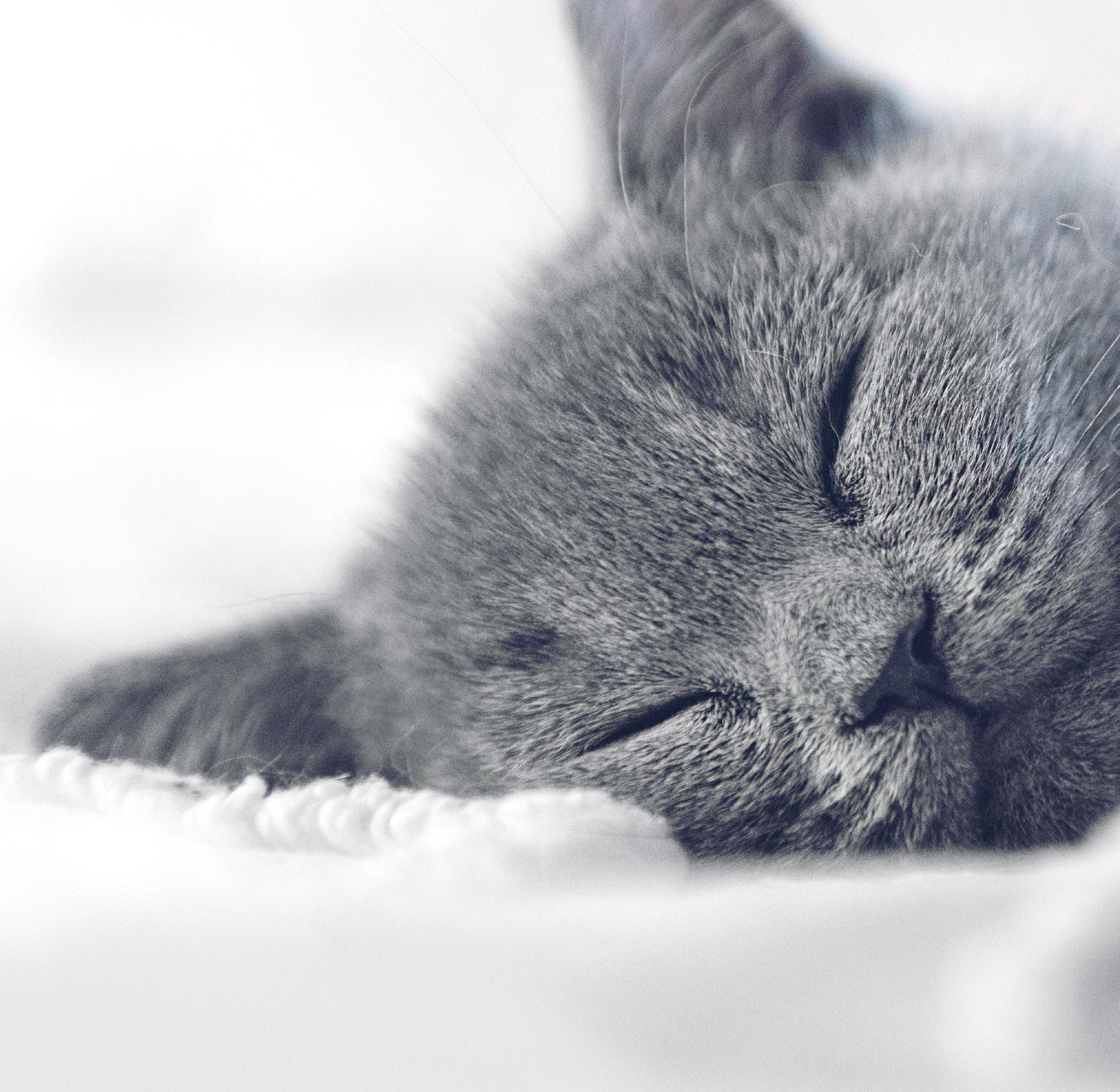
5 minute read
Interesting facts
How does your cat rate food?
Cats have about 60 million olfactory cells. Just to compare, humans have only 5-10 million. This shows that even the most acute sense of smell in humans cannot match exceptional abilities of cats. Their sense of smell is present from birth but it’s fully developed by the time they are 3 weeks old. Using the sense of smell, the cat recognizes the terrain or potential hazards. Smell is also decisive in the evaluation of the food. Cats determine the attractiveness of food on the basis of their smell. Taste, on the other hand, is evaluated only at a later stage. It’s worth noting that cat has only 500 taste buds, while humans have as much as 9000.
Advertisement
Healthy teeth
A kitten is born without any teeth. Around 2-3 weeks of age, the first milk teeth start to grow. Around week 8, your kitten should already have all (26) of its milk teeth. The kitten starts replacing its baby teeth with permanent teeth around 3rd month of age. The process starts with incisors and ends with canine teeth coming out. The final number of permanent teeth in cats is 30, of which 16 are in the jaw and 14 in the mandible.
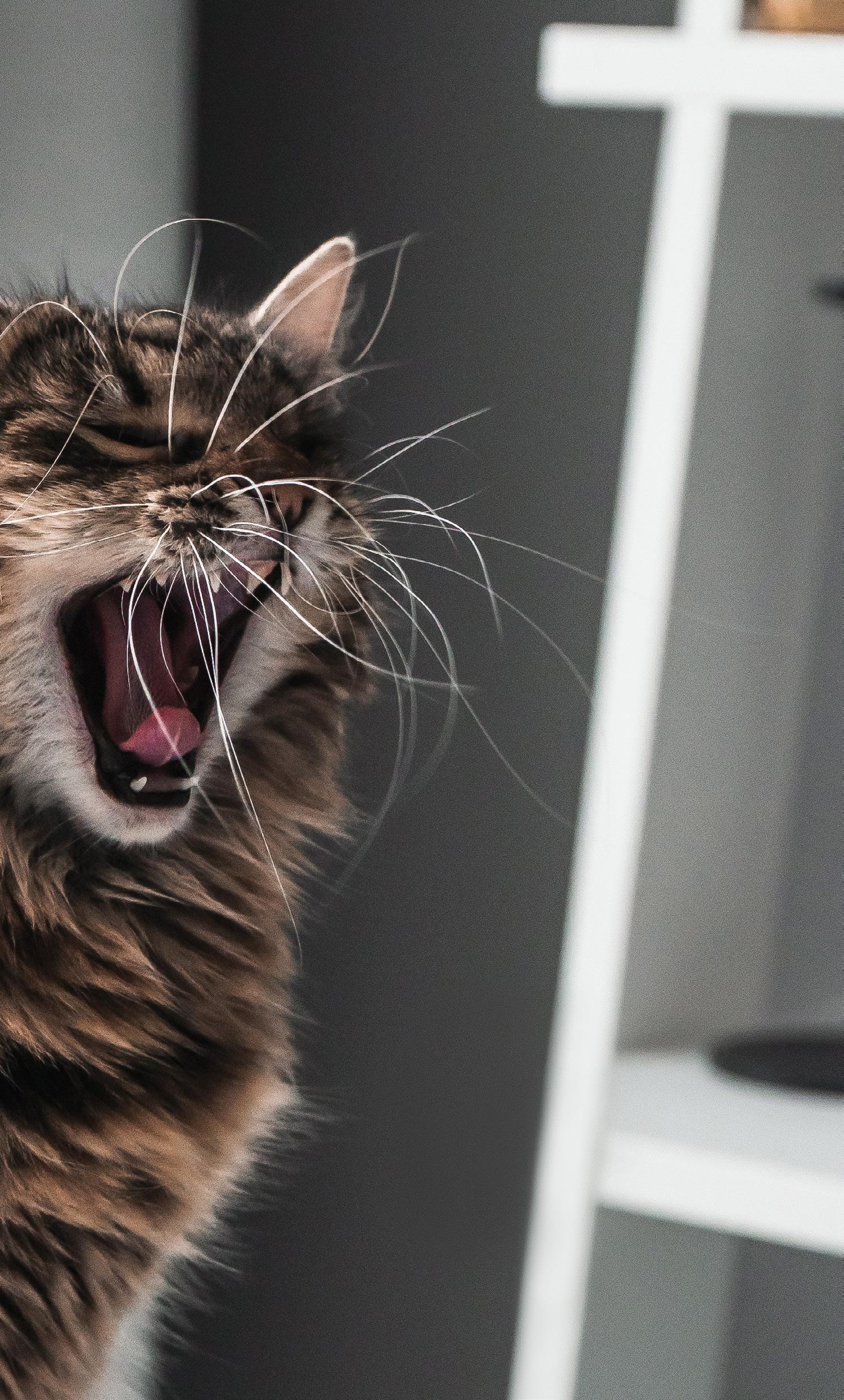
It’s important to keep your cat’s teeth healthy right from the start, as a lack of proper hygiene can cause tooth decay. Deposited plaque can turn into tartar, which can be removed only by a vet. Tartar not only looks bad but can cause a number of health problems. Under tartar inflammatory conditions may develop and affect the whole body as a consequence. That’s why it’s worth checking your cat’s teeth from time to time.
Deposits on the teeth can be regularly removed by cleaning the teeth with a special toothpaste and toothbrush. However, you should get your cat acquainted with this procedure from the very beginning. Dry granulated food has the same effect as a toothbrush. By chewing food, the cat removes plaque from its teeth. To reduce tartar the addition of sodium polyphosphate to the food is also used. This active substance captures calcium from saliva, binds it and thus makes prevents the formation of tartar.
When old age comes
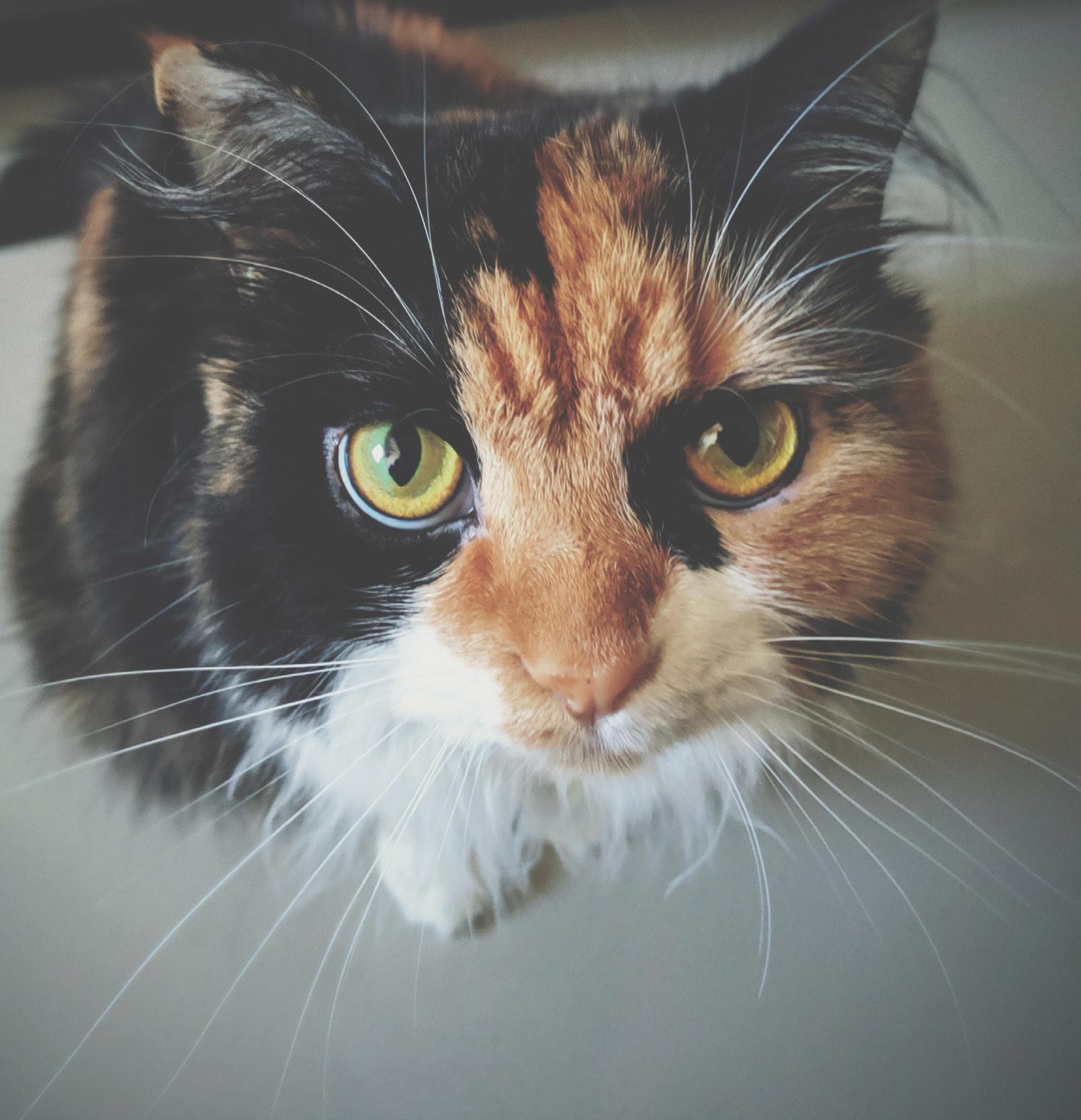
Aging of cats is a two-stage process. The first changes in their bodies are virtually invisible, as they occur at a cellular level around 7th year of age. A 10-year-old cat is considered an older animal (even referred to as geriatric). However, external signs of ageing such as dull, matted or grey hair or mobility problems depend on individual condition of specific cats. Interestingly, in some cats one will spot first aging symptoms only when they are 12 or 14 years old. However, this does not change the fact that your cat’s nutritional needs change with age. In older animals, the efficiency of organs, including liver and pancreas, is reduced, which may result in impairment of fat digestion. The peristalsis of the gastrointestinal tract may be weakened and the number of beneficial bacteria in the intestines decreases. Older animals may also have problems with their bones and joints manifested by reluctance to chase, jump, or even take care of their coat. One of the causes of aging is excessive production of free radicals. Unfortunately, with age, more and more free radicals are formed in the body. Therefore, when choosing food adequate for senior cats it is very important to make sure it responds to all these needs and supports the body as much as possible to fight the effects of ageing.
For good digestion
Proper functioning of the digestive system is crucial for the health of the whole organism. However, many cats suffer from gastrointestinal disorders. The causes include illness, stress, sudden dietary changes or inappropriate food (such as leftovers). The most common symptoms of such disorders are vomiting and diarrhea, and sometimes a decrease in appetite. If your cat has a sensitive gastrointestinal tract it’s wise to choose the right food. Pay attention to adequate levels of protein, fat and dietary fibre. And remember that the gastrointestinal tract is inhabited by bacteria, and maintaining the balance in the microflora is crucial because it promotes the health of the entire digestive system. Note that prebiotics and probiotics have a beneficial effect on the bacterial flora, creating a friendly environment for the development of beneficial bacteria. It is important not only what the cat eats, but also how and under what conditions. Interrupting your cat at meal times or giving too much food at once can lead to digestive disorders. If you’re planning on changing your cat’s food remember about the transition period. Introduce the new food gradually. During the first 7-10 days, mix the current food with the new one, slowly increasing the proportion of the new food.
Skin and coat functions
Healthy skin and shiny hair are not only a matter of aesthetics. They also have very important functions. The skin is a barrier separating the inside of the body from the outside world. It protects the body from harmful microorganisms, bacteria and other irritants. It also protects against water loss and regulates body temperature. The skin is covered by hair, which usually consists of two layers: the top coat and the thicker underside layer, the so-called undercoat. Each of these layers plays a different role. Top hair helps to maintain the right moisture content, while the undercoat has an insulating function. However, for the skin and coat to perform their functions, they must be properly nourished. It is essential for the animal to consume the right quality protein, which is the main building block of skin and hair, as well as Omega-3 and Omega-6 fatty acids. Vitamins, such as vitamin A, E, B and minerals are equally important. Lack of these nutrients can result in dullness and deterioration of the coat, dandruff or dryness of the skin.

